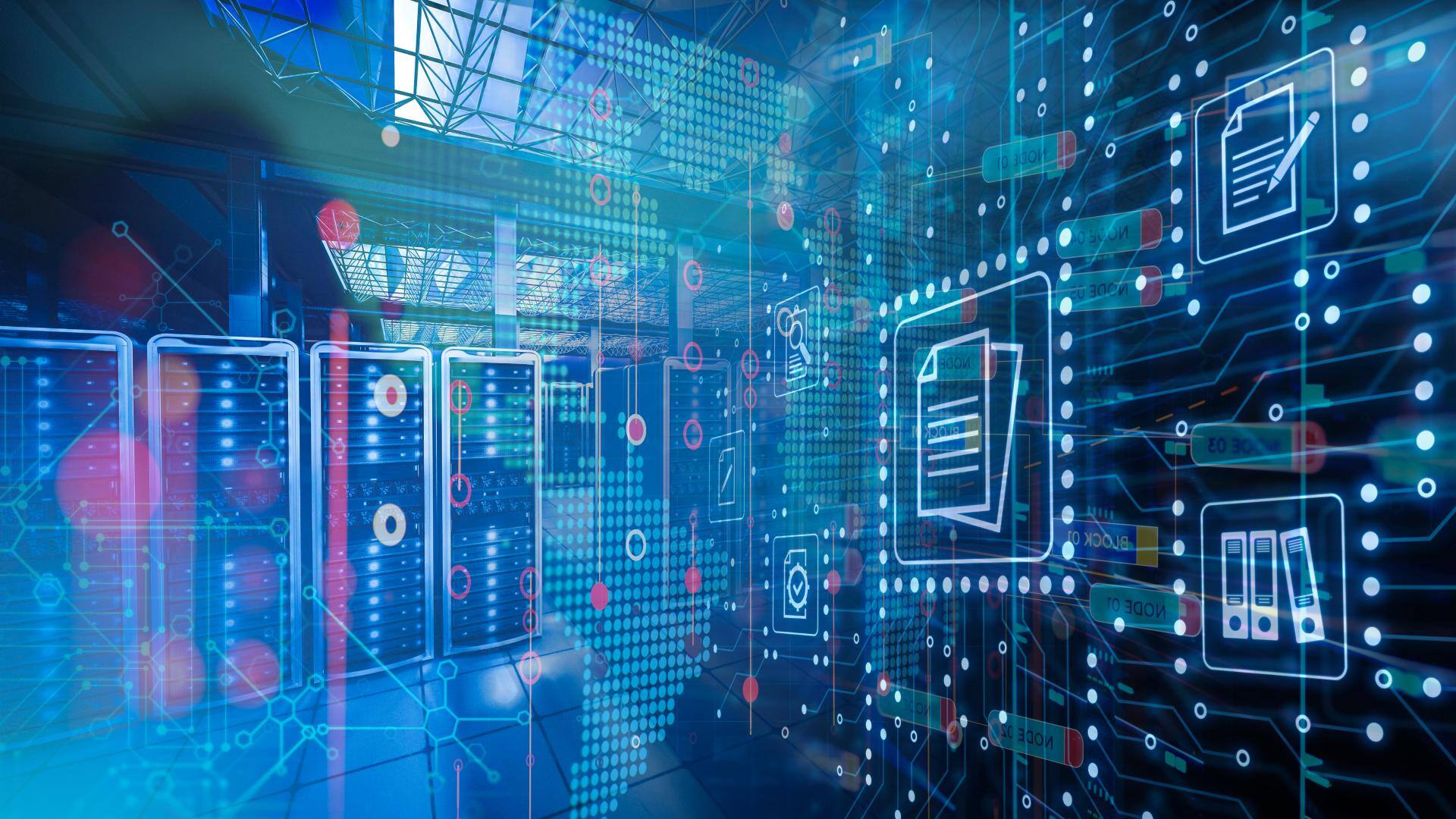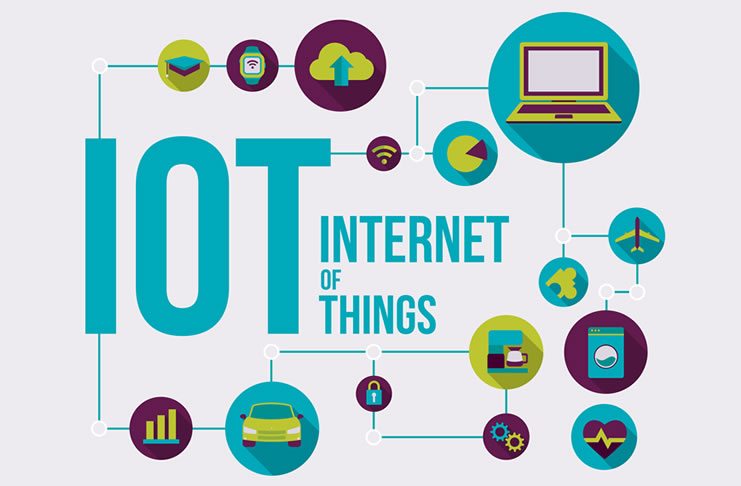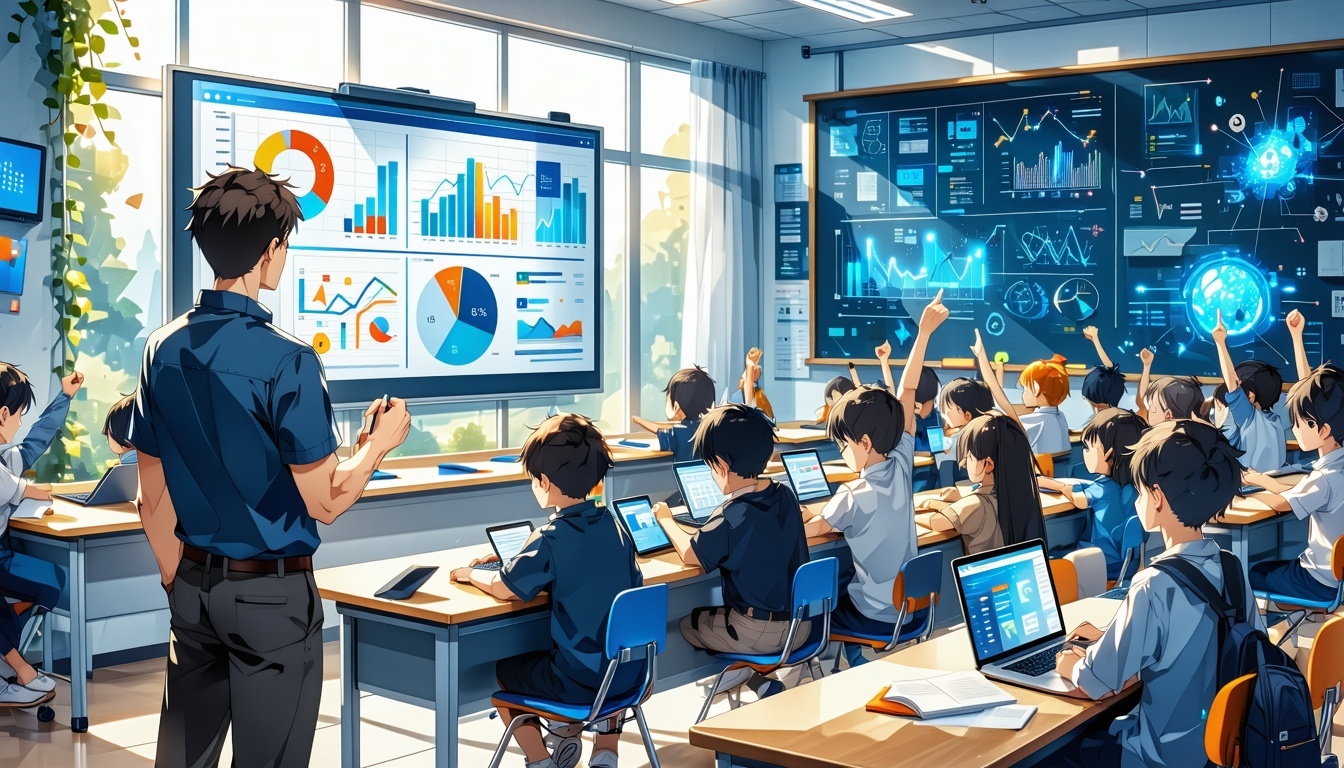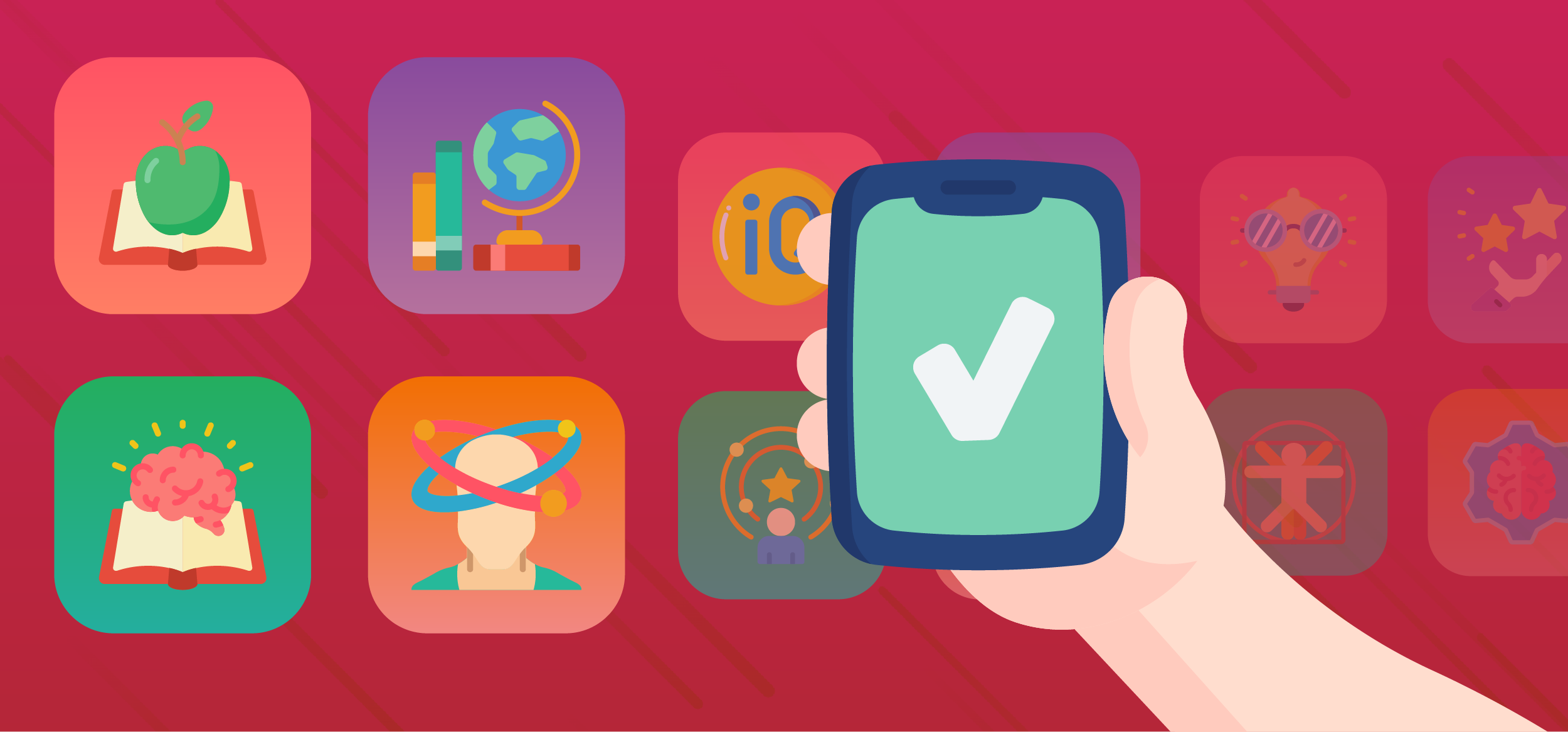The Role of IoT Devices in Modern Classrooms: Benefits & Risks
The integration of IoT devices in modern classrooms offers enhanced learning experiences and operational efficiencies, transforming them into...
You must be logged in to the LATechNet portal to view additional resources.
4 min read
 Aria - LATechNet Team
:
Apr 2, 2025 6:06:10 AM
Aria - LATechNet Team
:
Apr 2, 2025 6:06:10 AM

You might have heard the term 'digital twin' recently and wondered what exactly it means. Simply put, digital twin technology involves creating a virtual copy, or 'twin,' of real-world objects, systems, or even entire places. These digital replicas can help us better understand, manage, and improve their real-world counterparts by running simulations, testing ideas, and analyzing data safely and efficiently.
Digital twin technology has been steadily gaining popularity across different sectors, from manufacturing and healthcare to urban planning. Businesses use it to predict issues, test solutions, and make smarter decisions without costly real-world mistakes.
For schools, digital twins offer exciting possibilities. Imagine virtual replicas of entire campuses or classrooms, allowing educators to optimize space, improve safety, enhance learning experiences, and better manage resources. Adopting this innovative technology can help educational institutions become more efficient and responsive to students' and teachers' needs.
Imagine students stepping into a virtual world where they can interact with realistic environments right from their classrooms. Digital twin technology, combined with virtual reality (VR), creates just this kind of exciting learning experience. By integrating these technologies, educators can offer interactive, lifelike scenarios that boost student interest and engagement (ft.com). For example, landscape architecture courses have successfully used digital twin systems to help learners visualize and manipulate complex environments, leading to improved critical thinking skills and academic performance (mdpi.com).
Digital twins aren't just immersive—they also personalize learning. They adapt lessons and activities to fit each student's unique needs and abilities. This tailored approach helps students manage their cognitive load better, making it easier to understand and remember new information. By presenting concepts in ways that resonate with individual learners, digital twins make learning less stressful and more enjoyable, ultimately helping students succeed academically and reducing feelings of overwhelm.
Digital twin technology can significantly optimize resource allocation and scheduling, making campus management smoother and more efficient. For instance, Texas A&M University successfully implemented digital twin models to enhance their course scheduling and better utilize classrooms. This innovative approach reduced student commute times significantly, resulting in happier students and more efficient daily operations (forwardpathway.us).
Additionally, facilities management becomes easier with digital twins. Schools can use this technology for predictive maintenance, identifying problems before they become serious issues. By predicting when repairs or replacements are needed, schools can reduce downtime, extend the life of buildings and equipment, and minimize costs from unnecessary physical prototyping and testing (techtarget.com). This proactive approach not only saves money but also ensures a safer, more reliable campus environment.
Imagine your school as a living, breathing system—one you can monitor, understand, and improve easily. That's exactly what digital twin technology can do, especially when it comes to sustainability. By creating a digital copy of school buildings and facilities, educators and administrators can spot opportunities to save energy and cut down on harmful emissions. In fact, digital twins have been shown to significantly reduce both carbon emissions and energy use in building management systems (hexagon.com).
But it's not just about saving energy—it's about creating a culture of sustainability. Digital twins help schools track their progress toward important environmental goals, making it easier to launch campus-wide green initiatives. This empowers everyone—students, teachers, and staff—to take part and feel proud of their school's commitment to protecting our planet.
One of the most appealing aspects of digital twin technology for schools is the potential for significant cost savings. By creating virtual prototypes, educators and administrators can test ideas and solutions digitally, before spending money on physical resources. This means fewer costly mistakes and less reliance on expensive physical assets, resulting in direct financial savings for schools (techtarget.com).
Additionally, digital twins offer precise forecasting and powerful scenario analysis tools. They help schools predict maintenance needs, optimize energy use, and manage budgets more effectively. This improved budget management ensures that every dollar spent is carefully planned, making financial decisions smarter and more accurate.
Over time, adopting digital twin technology can lead to long-term financial gains. Schools can reinvest savings into areas such as student programs, teacher training, or improved facilities, benefiting the entire educational community.
Adopting digital twin technology in schools can open doors to exciting possibilities, but it's important to be aware of certain challenges upfront. First, there's the initial cost and infrastructure needed—like robust internet connections, advanced software, and reliable hardware—that can stretch tight budgets. Schools must carefully plan and prioritize resources to make this happen smoothly.
Another key consideration is equipping teachers and staff with the right skills. Investing in ongoing training and support is essential, ensuring everyone feels comfortable and confident using these new tools. Additionally, schools must navigate critical issues related to data privacy, security, and ethical use. Protecting student and faculty information is vital, so clear policies and secure systems must be established from the start.
To ease implementation, schools should gradually integrate digital twins into existing workflows, involve all stakeholders early in the process, and continually gather feedback to fine-tune their approach.
At LATechNet, we truly understand the unique challenges schools face when adopting new technologies. Our team specializes in digital technologies and IT services designed specifically for educational settings. We offer personalized consultation and careful planning to help schools smoothly integrate digital twin technology into their daily operations.
Our experts craft customized digital twin solutions tailored exactly to each school's needs, ensuring seamless deployment and maximum effectiveness. But it doesn’t end there—we also provide comprehensive training and continuous support, empowering your faculty and staff to confidently use the new technology.
We know how important data security and privacy are to your community, so we emphasize strong security management and compliance with privacy standards. LATechNet is committed to enhancing learning outcomes, improving operational efficiency, and promoting sustainability through innovative IT solutions designed just for education.
Digital twin technology offers exciting possibilities for schools, helping educators enhance learning outcomes by creating interactive and personalized learning experiences. It also boosts operational efficiency by streamlining maintenance and facility management tasks, making life easier for staff members. Additionally, adopting digital twins contributes positively to sustainability goals by optimizing resource use and reducing environmental footprints, ultimately leading to significant cost savings. Schools that embrace this innovative technology will not only gain a competitive edge but also create a dynamic environment where students and teachers thrive. Now is the perfect moment for educational institutions to explore digital twin technology and take a bold step forward, shaping a smarter, more sustainable future in education.

The integration of IoT devices in modern classrooms offers enhanced learning experiences and operational efficiencies, transforming them into...

This article explores the transformative impact of AI-driven predictive analytics in K-12 education, highlighting how these tools help identify...

The article discusses the transformative impact of educational technology in classrooms by 2025, highlighting tools like AI-powered tutors and...